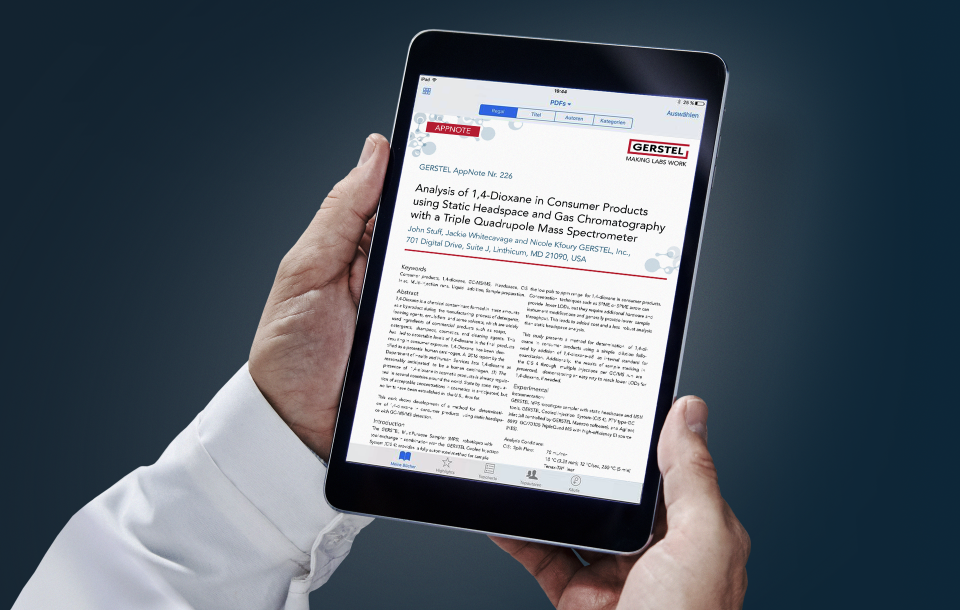The Deepwater Horizon oil rig explosion and the subsequent massive oil spill is expected to be the worst offshore oil catastrophe in United States history and is now beginning to impact fragile ecosystems, air and water quality, and food supplies.
Protecting humans from consuming foods contaminated with oil, while minimizing economical impacts for fisheries, is presenting several challenges. The current protocol for screening seafood harvested from the gulf is organoleptic testing followed by polycyclic aromatic hydrocarbons (PAHs) testing using NOAA Method 2004. It is generally thought that improved testing strategies will be needed to meet state screening requirements. A recent EPA Region 7 study has shown that Stir Bar Sorptive Extraction (SBSE) is an effective and fast technique for trace PAH determination in water. The goal of this study is to determine if using a QuEChERS solvent extraction in conjunction with SBSE can meet regulatory limits of detection and requirements established for precision and accuracy. Preliminary data show linear calibration for PAHs from 1-250 ng/g tissue in matrix matched extracts. Triplicate analyses estimates recoveries at 107 % ± 5 % RSD in fish tissue spiked with 2.5 or 25 ng/g PAH standards. It is also estimated that 40-60 homogenized samples/analyst/day can be analyzed using this improved method. Further, validation studies are underway to assess the full potential of this method
